Riccione dedicates an exhibition to two great masters of modern photography: André Kertész and Jacques Henri Lartigue
From Nov. 23, 2023 to April 6, 2025, Villa Mussolini in Riccione hosts for the first time in Italy an exhibition dedicated to two great masters of modern photography, Jacques Henri Lartigue (Courbevoie, 1894 - Nice, 1986) and André Kertész (Budapest, 1894 - New York, 1985). The exhibition, curated by Marion Perceval and Matthieu Rivallin, is sponsored by the Municipality of Riccione and organized by Civita Exhibitions and Museums, in collaboration with diChroma Photography and Rjma Cultural Projects.
This event is an opportunity to discover the creative universe of two artists who, through distinct personal paths, have recounted everyday life with sensitivity and intensity. With more than 100 shots, including famous and unpublished images, the exhibition Jacques Henri Lartigue and André Kertész. Masters of Modern Photography compares the two photographers, who are considered fundamental to the evolution of modern photography. For John Szarkowski, historical director of the Department of Photography at MOMA New York, Jacques Henri Lartigue is “the forerunner of every interesting and living creation made during the 20th century,” while Henry Cartier Bresson considered Kertész his master: “whatever we do, Kertész did it first.”
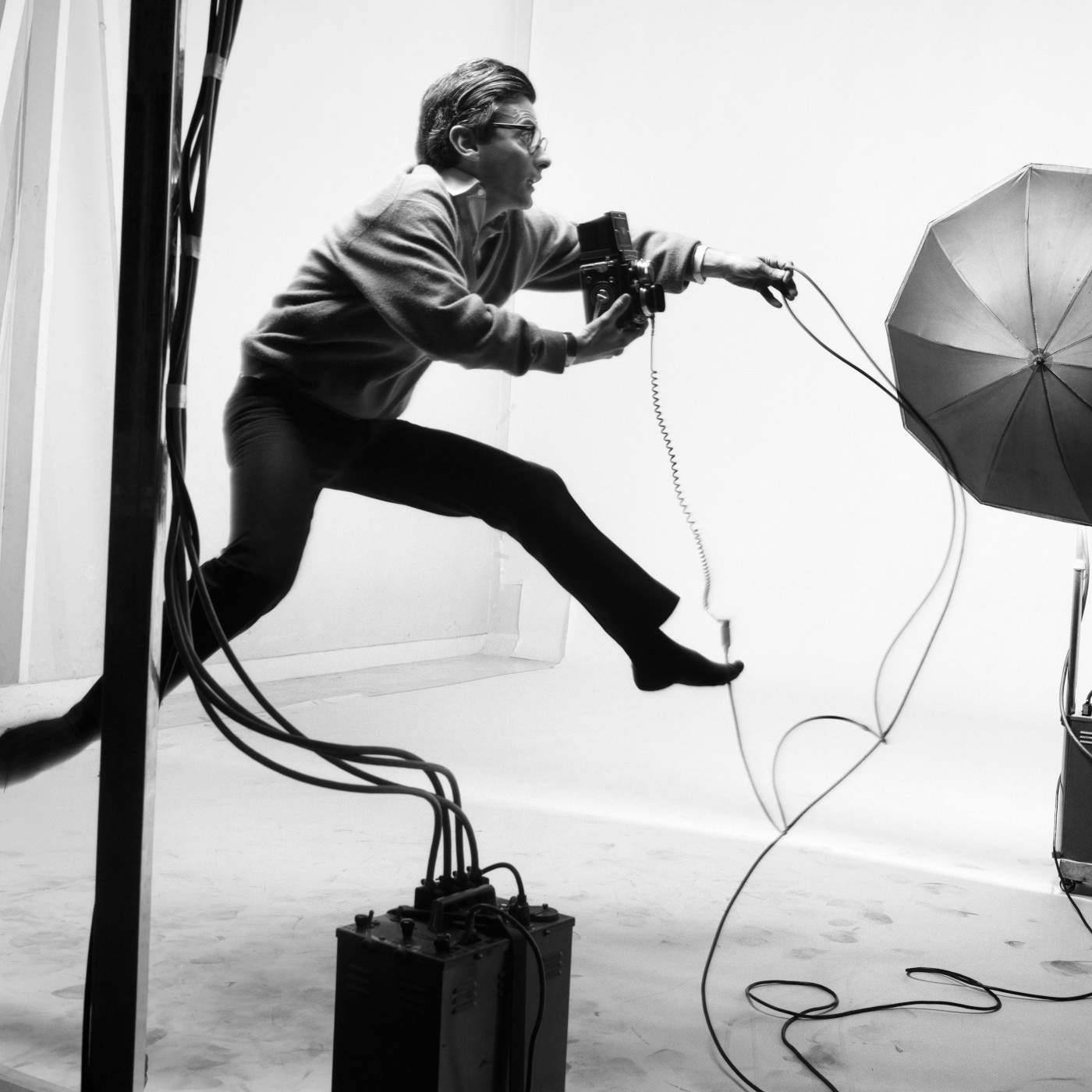
Two complementary visions of photography
Jacques Henri Lartigue, a French photographer, is known for his vivid images that celebrate the lightness and fleeting beauty of life, capturing moments of joy and lightheartedness. In contrast, Hungarian André Kertész stood out for a more reflective and introspective approach, capturing plays of shadow, light and urban geometry that can reveal the intimacy and complexity of modern life.
The exhibition is divided into four thematic sections, preceded by a biographical introduction, which analyze the central themes in the works of the two photographers. The images range from Kertész’s introspection and observation of metropolises to the celebration of energy and spontaneity typical of Lartigue’s shots. Visitors will enjoy Lartigue’s images that evoke the atmosphere of the Paris Belle Époque and Kertész’s works that poetically depict the cities of Budapest, Paris and New York. This visual dialogue between the works of the two masters makes it possible to highlight as much the similarities as the differences in their gaze, offering the public an analysis of the “short century” through two complementary photographic perspectives.
Visitors can take advantage of an audio guide, included in the admission ticket, available in Italian and English, to delve into each section of the exhibition itinerary. In addition, the exhibition is accompanied by a volume edited by Silvana Editoriale, which is an additional tool for delving into the works and visions of these two giants of photography.
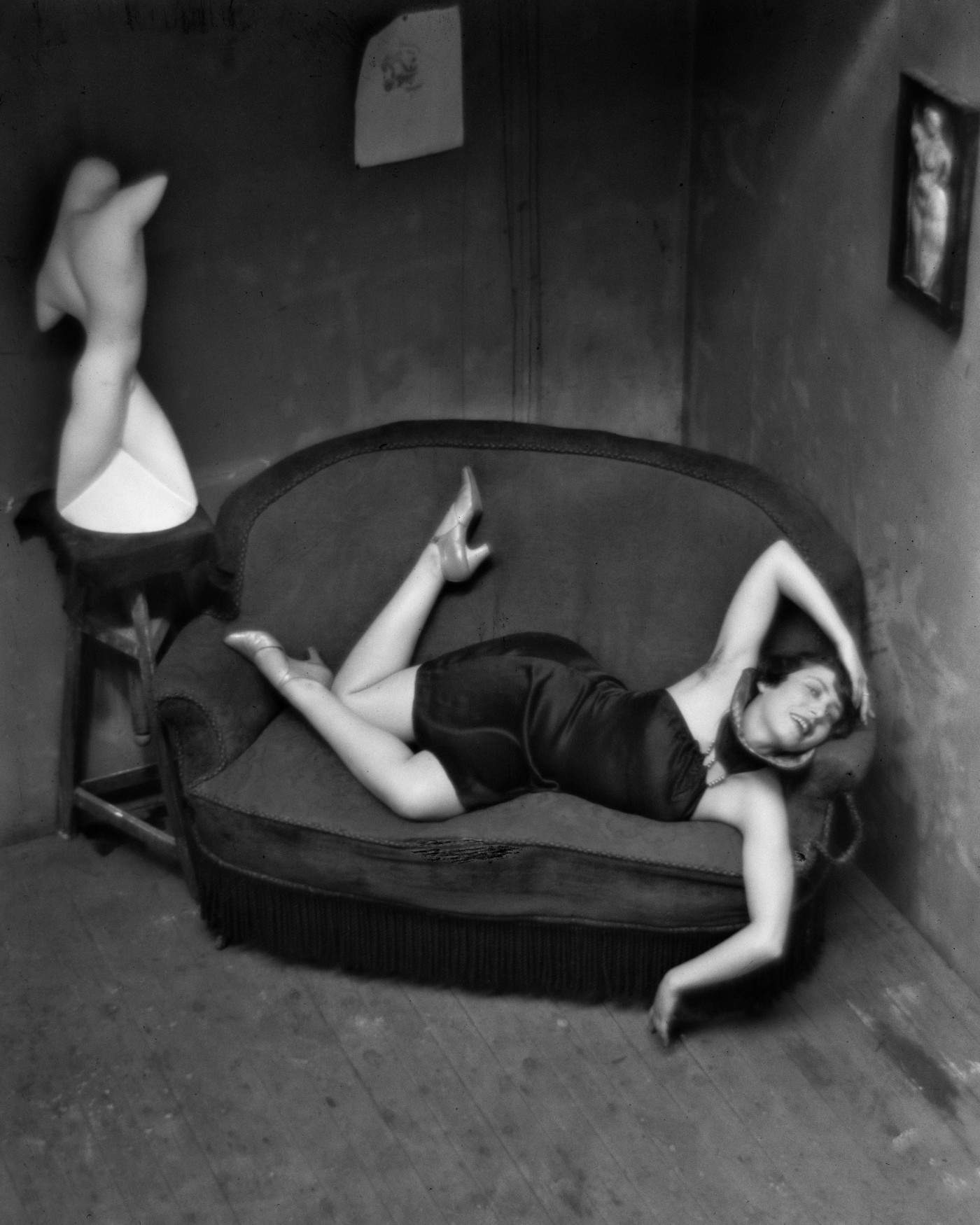
Affinities and differences between Jacques Henri Lartigue and André Kertész
Jacques Henri Lartigue and André Kertész were born in the same year and both spanned almost the entire twentieth century. Lartigue was born into a wealthy French family, thanks to which he owned a camera as a child. He is an artist who expresses himself through photography, but also through painting and writing. A Hungarian-born Jew, Kertész began photographing at a very young age. He moved to France in 1925. The success accorded him by the press and critics was immediate, but in 1936 he moved again, this time to the United States.
During the interwar period they might have crossed paths in Paris, but they did not meet for the first time until 1972 in New York, where they had exhibited, at the Museum of Modern Art (MoMA), in 1963 and 1964, respectively. The two exhibitions were a turning point for the careers of both, marking for Lartigue the beginning of international and institutional recognition and for Kertész the rediscovery of his work after two more problematic decades. Moreover, the two exhibitions identify both as forerunners of visual modernity in the first half of the 20th century and pioneers of modern photography.
Lartigue is described as an amateur photographer and Kertész as the inventor of photojournalism; their works have a unique aesthetic. Lartigue is considered a master of the snapshot, often photographing his living environment, characterized by sophisticated extravagance and carefree cosmopolitanism. His mantra is the pursuit of happiness. Kertész is a master of reflective photography, a protagonist of what will be regarded as “humanist photography.” His stylistic signature is linked to the simpler sides of everyday life, with intimate and lyrical tones.
Neither Lartigue nor Kertesz ever took the “easy” path to their recognition. They developed their activity with the greatest freedom, outside the major artistic movements. Since the 1970s, these two independent personalities, although never members of a school and without having created their own artistic current, are regarded as role models. For both of them, the last few years are marked by exhibitions, publications and meetings. Their paths are similar and their works, drawing from the same sources, are able to converse. Famous for different - even antagonistic - reasons, both become reference points for young artists. Invited to the Rencontres d’Arles, they are welcomed as masters. They continue, moreover, to photograph, retracing their steps or exploring new avenues with the idea of purely visual play.
Despite the success they achieved, the two never ceased to experiment. Self-taught, pioneers of modern photography, they each built their work in their own way, following parallel or divergent paths, but always, systematically, on the fringes of the main currents, always with “a step to the side.” Both gave their photographs a timeless dimension that explains their ever-renewed interest. Singular figures in the history of photography, both artists have realized this paradox: without direct artistic descent, without having taken part in a current, they have become adored models and sacred monsters in the history of photography.
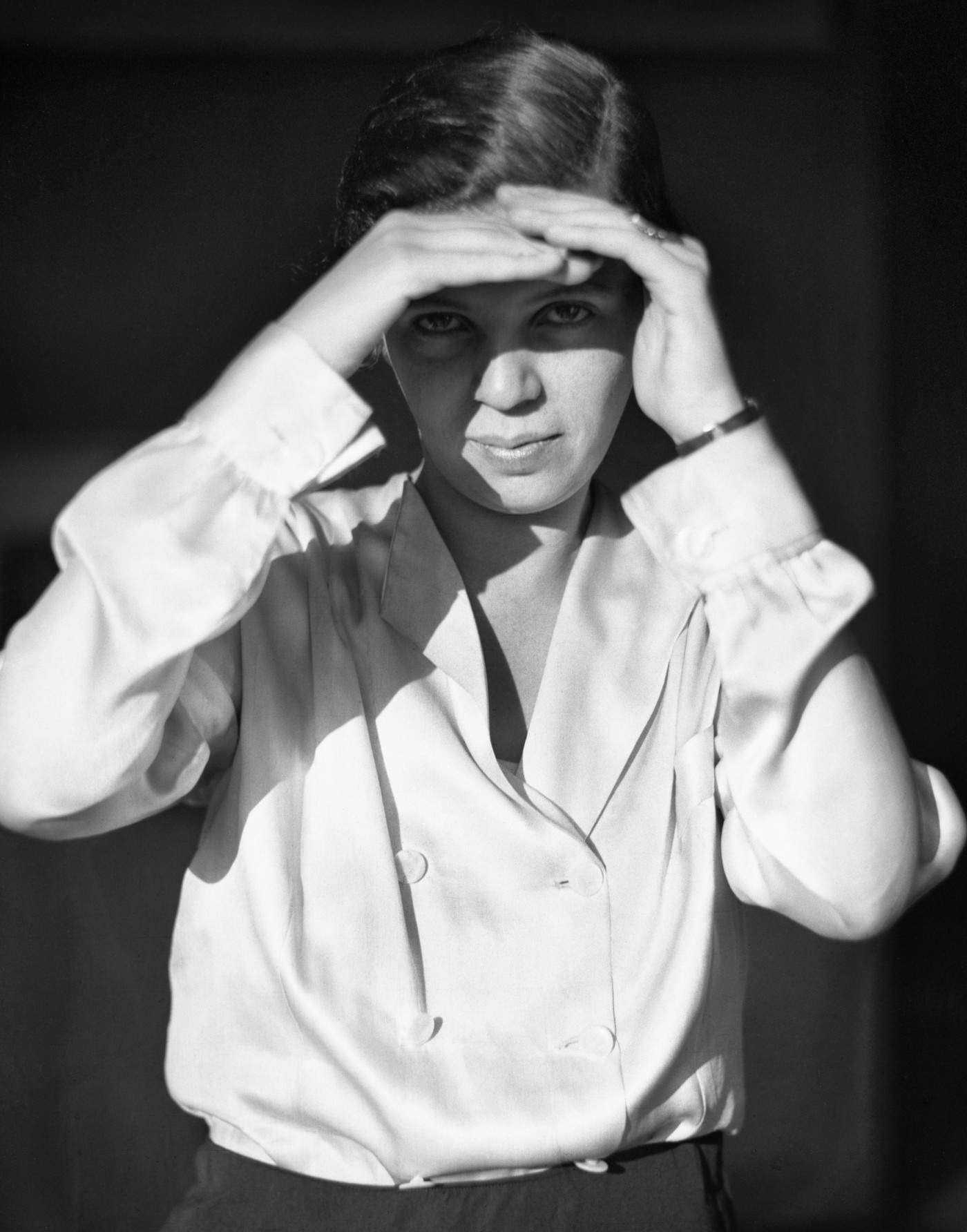
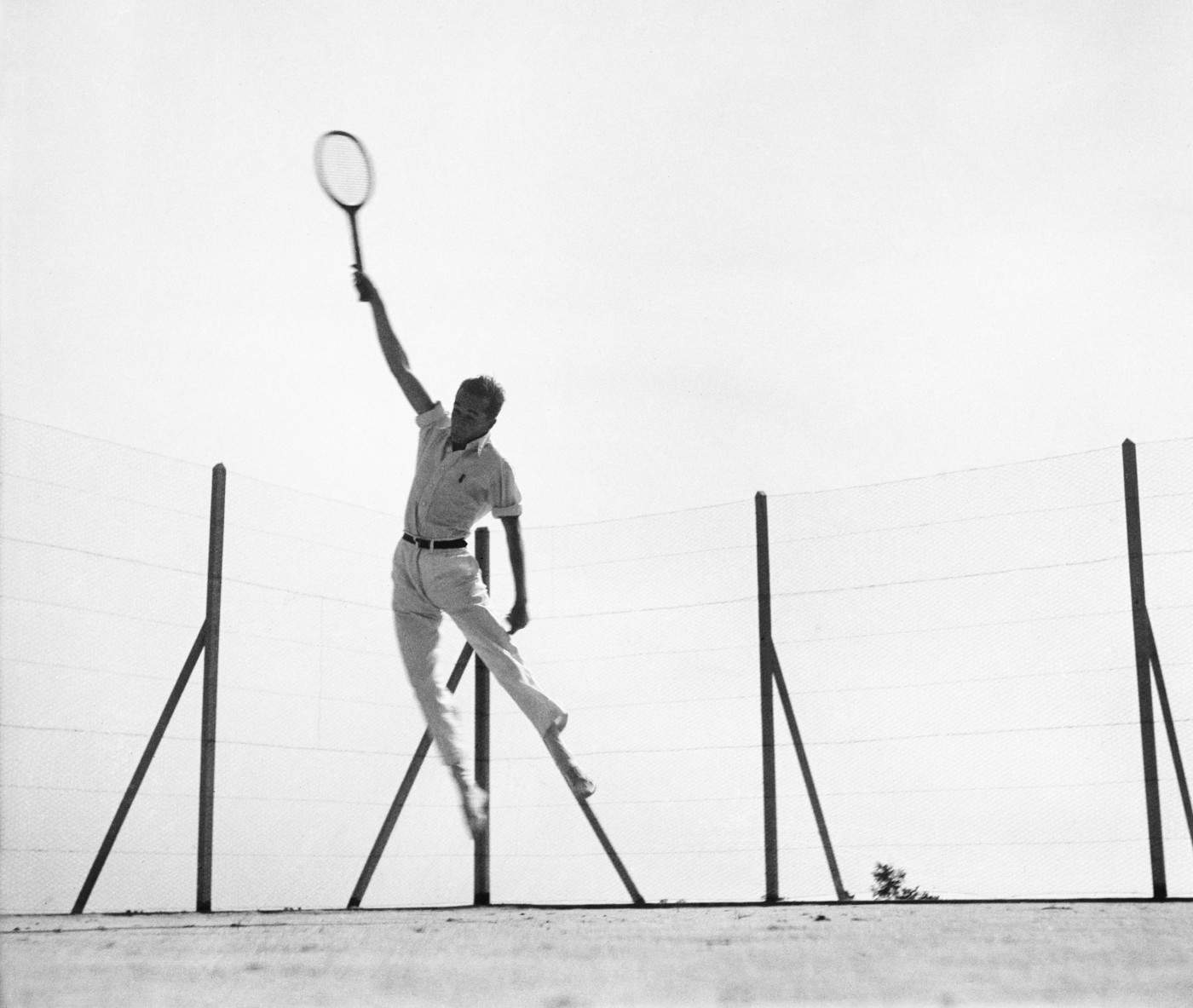
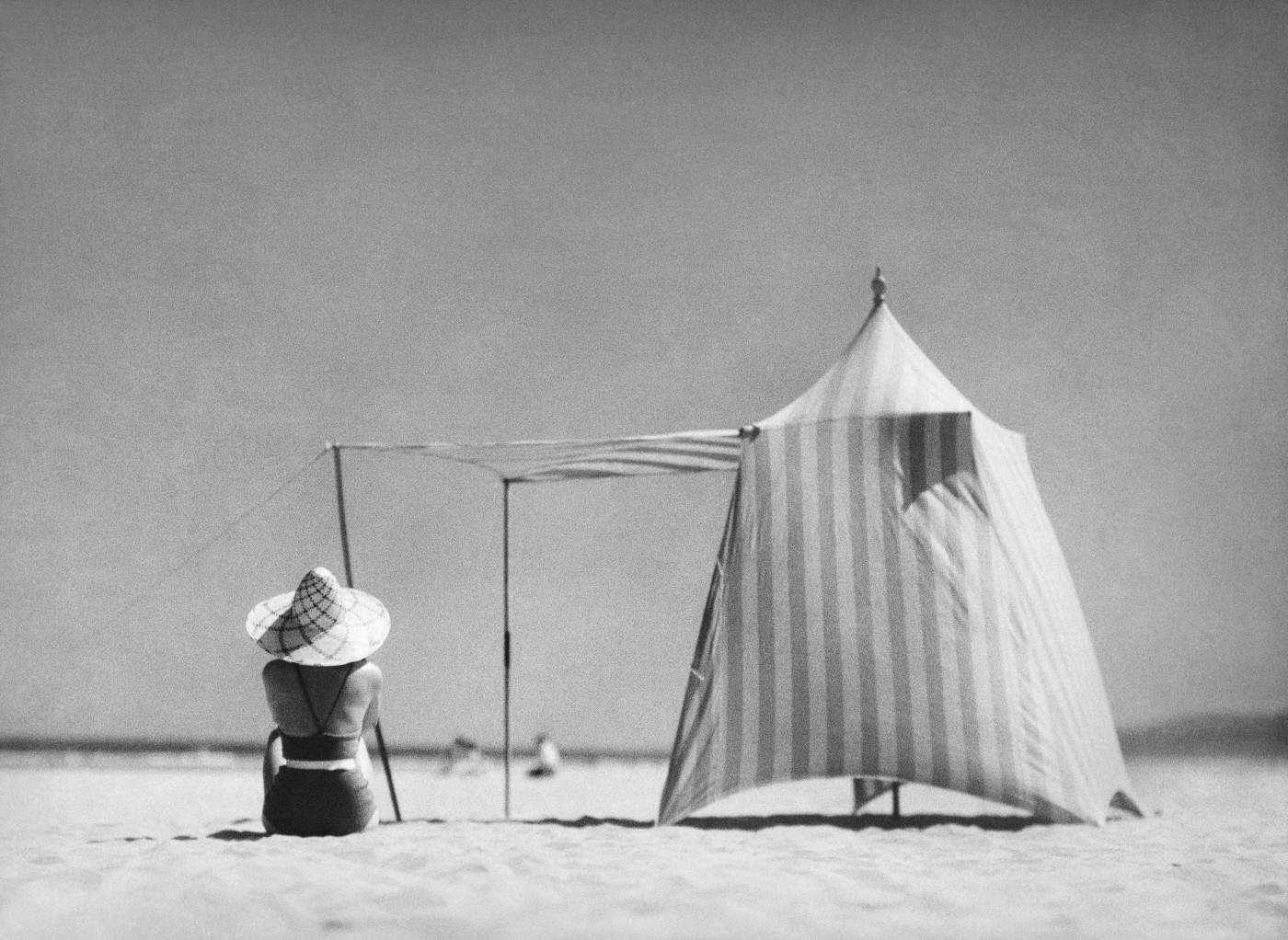
 |
| Riccione dedicates an exhibition to two great masters of modern photography: André Kertész and Jacques Henri Lartigue |
Warning: the translation into English of the original Italian article was created using automatic tools. We undertake to review all articles, but we do not guarantee the total absence of inaccuracies in the translation due to the program. You can find the original by clicking on the ITA button. If you find any mistake,please contact us.




























